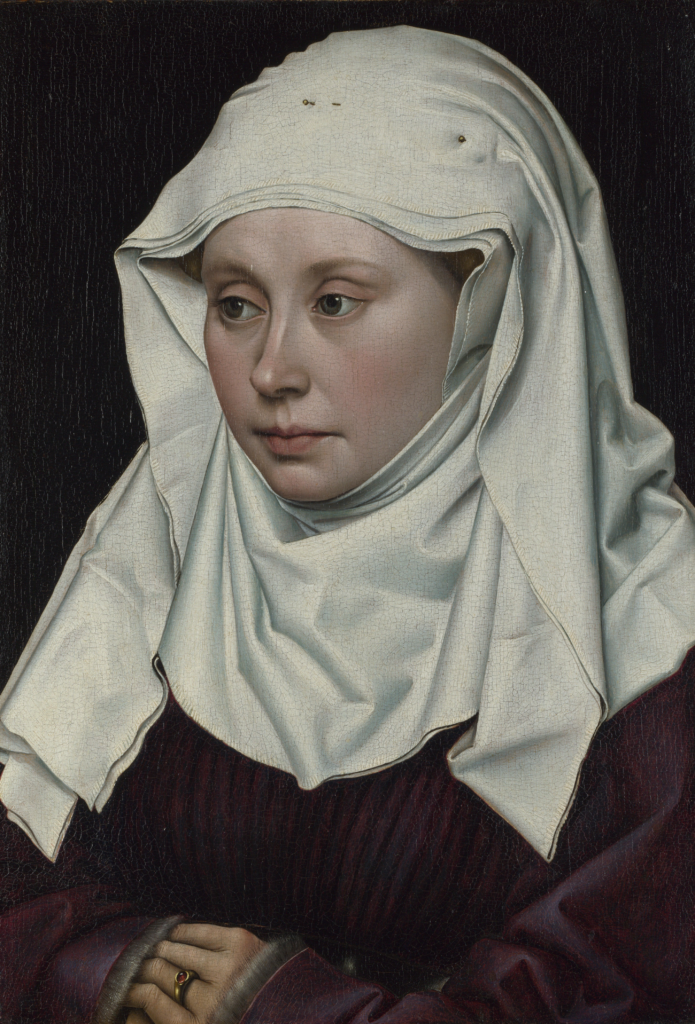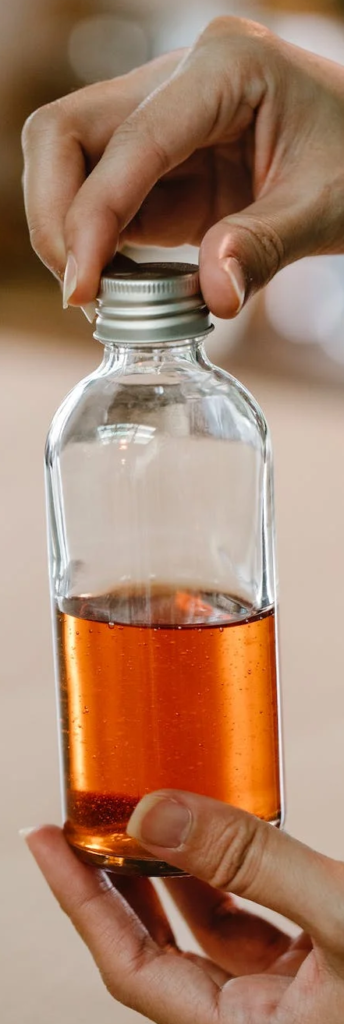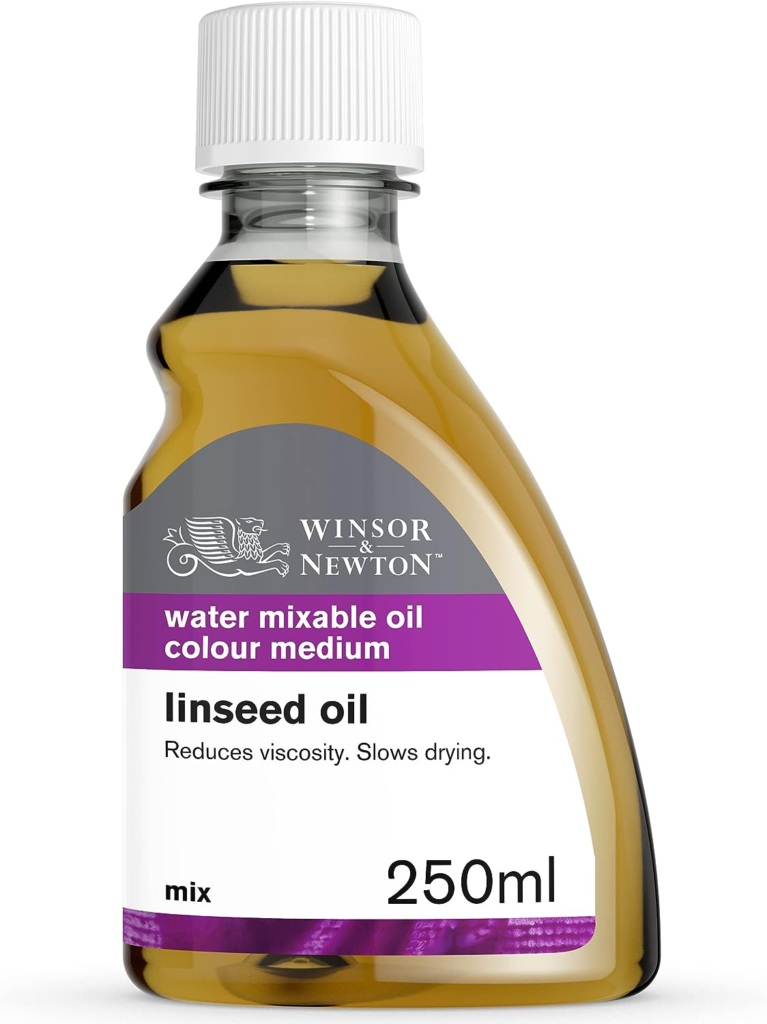The use of oil-based mediums in painting can be traced back to ancient times, but the widespread adoption of oil painting mediums, as we understand them today, has its origins in Europe during the Renaissance period.
Here’s a brief history of the origin and development of oil painting mediums:
Early Experiments: The use of vegetable oils as binders for pigments in painting dates back to ancient civilizations such as ancient Egypt and the Roman Empire. However, these early attempts did not produce the highly refined oil paints we use today.
Medieval Europe: In medieval Europe, artists primarily used egg tempera as a painting medium. Egg tempera dries quickly and doesn’t allow for extended blending or layering. Artists were in search of a more versatile medium that would provide a longer working time.

Renaissance Innovations: The breakthrough in oil painting came during the Northern Renaissance, particularly in Flanders (modern-day Belgium) in the 15th century. Artists like Jan van Eyck and Robert Campin are credited with pioneering the use of oil-based mediums. They began using oils like linseed oil and walnut oil as binders for their pigments, creating a more flexible, slow-drying medium that allowed for precise details, luminous colors, and realistic effects.
Spread of the Technique: The oil painting technique developed by these Northern Renaissance artists quickly spread throughout Europe, revolutionizing the art world. It became the dominant painting medium during the Renaissance period, with artists like Leonardo da Vinci, Titian, and Rembrandt adopting and further refining the technique.
Modern Era: Oil painting mediums continued to evolve and diversify over the centuries. Different oils, solvents, and additives were introduced to create various effects and address specific painting challenges. Artists also experimented with non-traditional mediums and techniques, such as using acrylics and other mixed media.
Today, oil painting mediums include linseed oil, poppy oil, walnut oil, safflower oil, and various solvents like Liquin (learn all about Liquin here), and additives. Artists choose their mediums based on personal preferences for handling, drying time, and the desired effects in their artwork. The development of oil painting mediums has significantly contributed to the richness and versatility of oil painting as an art form.
Understanding Oil Painting Mediums

An oil painting medium is a substance or mixture used by artists to modify the properties of oil paint. These mediums can serve various purposes, including:
Control Drying Times: Some mediums expedite drying (useful for layering), while others slow it down (great for blending and wet-on-wet techniques).
Adjust Texture: Mediums can make paint more fluid or thicker, allowing artists to create varying surface textures.
Enhance Transparency: Certain mediums increase paint transparency, essential for glazing and creating depth.
Influence Gloss: Artists can impart different levels of sheen to their paintings, from matte to high gloss.
Types of Oil Painting Mediums
Now, let’s explore various oil painting mediums and their applications:
1. Linseed Oil and its Varieties
Linseed oil is one of the most commonly used mediums in oil painting. It has been used in art for centuries.
Here’s what linseed oil is for in oil painting:

Binder: Linseed oil is used as a binder in oil paints. It mixes with pigments to create a paintable consistency. When the paint is applied to a surface, linseed oil acts as the vehicle that carries the pigment.
Drying Agent: Linseed oil is a drying oil, which means it gradually oxidizes and hardens when exposed to air. This property is crucial for the longevity of oil paintings. As the oil dries, it forms a solid film, preserving the colors and texture of the artwork.
Control of Consistency: Artists can adjust the consistency and thickness of their oil paints by mixing them with linseed oil. Adding more linseed oil makes the paint more fluid, while less oil results in thicker, more impasto-like strokes.
Gloss and Transparency: Depending on the type of linseed oil (refined or cold-pressed), it can provide different levels of gloss and transparency to the paint. Cold-pressed linseed oil tends to be less refined and can add a subtle gloss and transparency to the paint film.
Brushwork and Blending: Linseed oil can improve the flow and blending of colors on the canvas, making it easier for artists to achieve smooth transitions and subtle gradations in their artwork.
Drying Time: The drying time of linseed oil can vary, but it generally dries more slowly than some other drying oils like walnut oil. Artists can use this to their advantage, allowing for extended working times.
Varieties
– Linseed Oil: Derived from flax seeds, this is a classic medium. It enhances flow and transparency but can yellow over time.
– Refined Linseed Oil: Purified to reduce yellowing, it’s a versatile choice for many artists.
– Cold-Pressed Linseed Oil: Less refined, adds a subtle yellow tint, and dries more slowly.
– Stand Oil: Highly refined and polymerized, it promotes a glossy finish, smooth brushwork, and slower drying, ideal for glazing and blending.
Walnut Oil

– Walnut oil is a versatile and popular medium in oil painting. Derived from the nut of the walnut tree, it is a non-toxic and slow-drying oil, making it an excellent choice for artists who prefer extended working times.
Walnut oil offers a clear, pale finish that enhances the vibrancy and luminosity of pigments, while its slower drying time allows for smoother blending and fine details. Additionally, it is less likely to yellow over time compared to some other drying oils, making it suitable for preserving the longevity of artworks. Artists often use walnut oil as a medium to mix with pigments, adjust the consistency of their paint, and create a more fluid application, resulting in beautifully textured and expressive oil paintings.
Poppy Oil
-Poppy oil is a semi-drying oil medium used in oil painting that serves as a binder, drying agent, and enhancer . Similar to linseed oil, it mixes with pigments to create paintable consistency and gradually hardens when exposed to air, forming a durable paint film. What sets poppy oil apart is its ability to produce a clear, glossy finish in oil paintings, enhancing pigments’ vibrancy. It offers a slower drying time, making it suitable for extended work sessions and intricate blending, and it’s known for resisting yellowing over time, preserving the artwork’s color integrity. Poppy oil is favored for glazing techniques, allowing artists to create depth and luminosity in their paintings.
Safflower Oil

-Safflower oil is a semi-drying or very slow-drying oil. It is a commonly used medium for artists, similar to linseed oil extend working times. It has a pale color and because it has a slow drying time it can be advantageous for blending and layering. It also doesn’t yellow as much as other oils over time which can help preserve colors in your artwork.
However, its slow-drying nature can be a significant drawback for artists who want their paintings to dry and harden properly over time. For this reason, many artists prefer traditional drying oils like linseed oil or walnut oil for oil painting, as they provide a more stable and predictable drying process.
Culinary safflower oil can be use to store brushes between painting sessions. It can help keep them in good condition and prevent paint from drying and hardening on the bristles. It’s an useful technique for artists who may have extended periods between painting sessions or who want to keep their brushes ready for use at any time. The easy way to do it is to lay your brushes flat on a paint tray with enough oil to cover the bristles of the brushes. Just remember to clean your brushes thoroughly with an appropriate solvent or soap and water before starting your next painting session to ensure that no residual safflower oil remains on the bristles.
If you forget to clean your brushes after or store them in safflower oil after a painting session and your brushes have dried with paint on them, they can almost always be brought back by cleaning them with Murphy Oil Soap. Go here to learn how.
Learn more about drying oils here
Learn more about non-drying oils here
Mediums by Brand:
– Liquin: An alkyd medium known for accelerating drying time, enhancing transparency, and gloss. Variants include Liquin Original, Liquin Fine Detail, and Liquin Impasto, offering different drying times and consistencies. To learn more about Liquin please visit my previous blog post here where you can learn all about it.
– NEO Megilp: A soft, silky medium that enhances paint flow and imparts a satin gloss. It excels in leveling properties.
– Galkyd: Another alkyd medium that quickens drying time and increases paint fluidity. Galkyd Lite dries faster, while Galkyd Gel offers a thicker consistency for impasto techniques.
– Meyer’s Medium: Often homemade, this blend typically consists of equal parts linseed oil, stand oil, and damar varnish or a similar variation. My Favorite version is 1 part stand oil, 1 part Galkyd, and 3 to 4 parts Gamsol depending on the consistency that I want. It enhances drying time, gloss, and translucency.
Oil painting mediums are the alchemical secrets of artists, transforming pigments into timeless masterpieces. Each medium offers a unique set of attributes, making it a valuable tool in the artist’s arsenal. As you embark on your oil painting journey, remember that experimentation is key to discovering the perfect medium for your style and goals. Whether you’re inspired by the Renaissance masters or forging your artistic path, these mediums are your companions in the quest for oil painting excellence.
This is a list of some of the products that I use. If you are interested in trying them, you can find them here:
(The following are affiliate links. If you make a purchase through one of these links, it won’t cost you anything extra. You pay the same amount, but I earn a modest commission that supports the maintenance of this platform. Your support is greatly appreciated!)
Refined Linseed Oil by Winsor Newton
Refined Linseed Oil by Gamblin
Refined Linseed Oil by Gamblin
Cold-Pressed Linseed Oil by Williamsburg
Cold-Pressed Linseed Oil by Winsor Newton
Safflower Oil to Store Brushes
How to use mediums
Using and applying oil painting mediums is a nuanced process that can significantly influence your painting’s texture, drying time, transparency, and overall appearance. To provide you with an explanation, let’s break down how to use and apply oil painting mediums step by step:
Choosing the Right Medium
– Consider your artistic goals:
– To thin the paint and increase transparency, choose a medium like linseed oil or walnut oil.
– To speed up drying time and increase gloss, opt for alkyd mediums like Liquin or Galkyd.
– Place a US quarter size amount of your chosen medium near your paints on the palette. Start conservatively and add more if needed to avoid excessive waste.
Mixing the Medium with Paint
– Use a separate palette knife or brush for mixing the medium with the paint. The amount of medium you mix depends on your desired effect:
– To thin the paint and enhance transparency, add a small amount of medium.
– To increase flow and drying time, mix more medium.
– For impasto techniques (thickly textured strokes), use something like Liquin Impasto.
– Experiment with different ratios to achieve the desired paint consistency. Be meticulous in your mixing to ensure a homogenous blend.
Application Techniques

– Use brushes or palette knives to apply the paint to your canvas. Each tool offers different textural possibilities. Brushes can create smoother strokes, while palette knives are ideal for impasto and textured effects.
– Pay attention to brushwork, layering, and the direction of your strokes to convey texture and form.
Blending and Layering
– To blend colors or create smooth transitions, use your medium to aid in the blending process.
– Layering allows you to build depth and complexity in your artwork. Be patient and let each layer dry sufficiently before adding subsequent layers.
Cleaning Brushes and Tools
– Oil painting mediums can make brushes difficult to clean. After each painting session, clean your brushes thoroughly using an appropriate solvent (such as odorless mineral spirits like Gamsol). If you let your brushes dry with medium on them, they will most likely be ruined. If this happens you can try cleaning them with Murphy Oil Soap. Learn more about it in this blog post.
– Clean palette knives and the palette itself to prevent any contamination between colors and mediums.
Drying and Varnishing
– Allow your painting to dry completely. Drying times vary depending on the type and amount of medium used.
– Once the painting is thoroughly dry (which may take several days, weeks, or months depending how thickly you applied the paint), you can apply a final varnish to protect and enhance the colors. Varnishing is optional but recommended for preserving and presenting your artwork.
Pro Tips:
– Always follow the manufacturer’s instructions for the specific oil painting medium you are using.
– Different mediums have varying drying times and properties, so experimentation is key to finding what works best for your style.
– Use a limited amount of medium initially and adjust as needed to avoid over-thinning your paint, which can lead to cracking.
– Store your paints and mediums in a cool, dry place to prevent spoilage and maintain their quality.
In the world of oil painting, mastery of mediums is a continuous journey. As you gain experience, you’ll refine your understanding of how to use and apply these tools to achieve your artistic vision, whether it’s creating realistic landscapes, impressionistic scenes, or abstract compositions.



